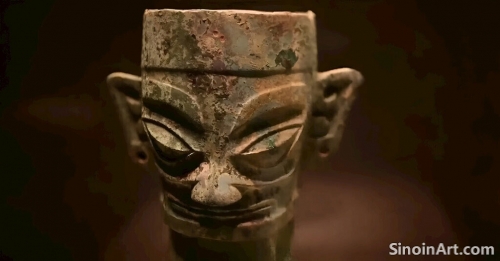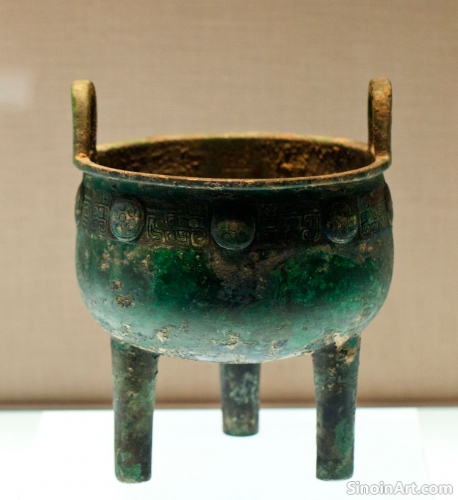Bronze Ware and Ancient Chinese Trade Networks: Evidence of Cultural and Economic Exchange
|
The distribution of bronze ware across ancient China was facilitated by extensive trade networks that spanned vast distances, reflecting the complex economic and cultural interactions of the time. The movement of these precious materials and finished goods helped to link different areas of the country. The trade routes of ancient China were essential to its economic and cultural development.  The presence of bronze artifacts from different regions of China at archaeological sites provides clear evidence of these trade networks, with the movement of bronze along these routes revealing the influence of different styles, techniques, and cultural ideas. The discoveries of artifacts far from their point of origin is evidence of the vast trading networks of the era. The interconnected nature of ancient China is revealed in the distribution of these objects.  The trade of bronze raw materials, such as copper and tin, also played a key role in the economic structure of ancient China, creating a high demand for resources and a powerful impetus for trade. The creation of trading routes to support the bronze industry reveals how far reaching its influence was. The demand for bronze helped to shape trade and economic activity throughout the region.  The study of trade networks and their connection to bronze production helps to illuminate the complex economic and social systems that existed in ancient China, highlighting the importance of both regional connections and long distance cultural exchange. The trade routes reveal the complex interplay between economic needs and artistic creativity. The study of these networks helps us to paint a fuller picture of ancient Chinese life. |
Tag : bronze trade networks, ancient Chinese trade, Silk Road, economic exchange, cultural connections
Related information
- The Influence of Bronze Ware on Ancient Chinese Architecture: Decorative Elements and Structural Supports
- Bronze Ware and Ancient Chinese Concepts of the Cosmos: Heaven, Earth, and Humanity
- The Use of Bronze in Ancient Chinese Maritime Activities: Vessels and Tools
- Bronze Mirrors and the Concept of "Face" in Ancient Chinese Society: Identity and Social Status
- The Impact of the Silk Road on the Styles and Techniques of Chinese Bronze Ware
This article explores the influence of bronze ware on ancient Chinese architecture, highlighting its use in decorative elements, structural supports, and other components that helped to enhance the beauty and functionality of ancient buildings.
This article explores the connection between bronze ware and ancient Chinese concepts of the cosmos, highlighting the use of celestial symbols, the representation of the relationship between Heaven, Earth, and humanity, and revealing the cosmological worldview of the ancient Chinese.
This article explores the use of bronze in ancient Chinese maritime activities, highlighting its role in ship construction, the creation of navigational and fishing tools, and its contribution to the development of trade and exploration.
This article explores the connection between bronze mirrors and the concept of "face" (mianzi) in ancient China, highlighting how mirrors were used to manage social image, convey respect, and reflect the importance of social status both in life and after death.
This article explores the impact of the Silk Road on Chinese bronze ware, highlighting the introduction of foreign motifs, new techniques, and how the exchange of goods and ideas shaped the styles and forms of bronze artifacts in ancient China.